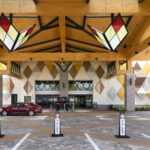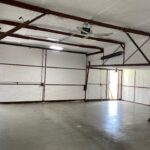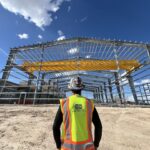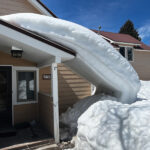
Over the past few months, I have attended various industry meetings around the country, immersing myself in all things energy codes. Many of the discussions centered around updates in the IECC 2021/ASHRAE 90.1-2019 (’21/’19) energy code cycle, in addition to ASHRAE 90.1-2022. All of these updates will have a significant impact on metal buildings. In this column, I will share some of the insights I have gleaned throughout my travels, and also review some of the challenges and opportunities that the most recent code changes present for metal building contractors and designers.
First and foremost, become familiar with the latest code requirements even if the state or jurisdiction is a few code cycles behind. As adoptions are constantly made, it is better to know what is on the horizon to service future projects. Here are the key updates.
In IECC 2021…
U-Value Changes
U-value changes were top of mind at every meeting I attended. Metal building wall U-values have become more stringent in the following climate zones, jumping from U-0.052 to U-0.050, U-0.044, and U-0.039 (see Figure 1).
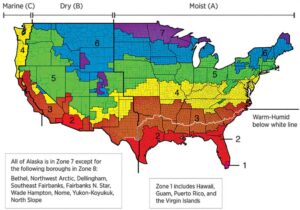
Air Barrier Updates
The first mention of air barriers was in IECC 2009, and the IECC 2015/ASHRAE 90.1-2013 cycle made air barriers mandatory provisions. IECC 2021 takes air barriers a step further, requiring them to be verified.
Section C402.5.1.5 requires building performance verification. The installation of the continuous air barrier shall be verified by the code official, a registered design professional, or approved agency. This section details a review of documents, inspections during construction, and a final commissioning report. There are some exemptions based on building sizes in certain climate zones, but materials, assembly, or whole building testing requirements must be met in most cases. Exemptions can be found in IECC 2021, Section C402.5.1.2.
The air barrier must be located within the building’s thermal envelope. It can be placed on the interior or exterior side, somewhere within assemblies composing the envelope, or any combination thereof. It is also mandatory to identify the air barrier in drawings and for it be continuous across joints and assemblies. Joints and seams must be sealed and securely installed. Penetrations and joints and seals associated with penetrations must be sealed in a manner compatible with construction material and location.
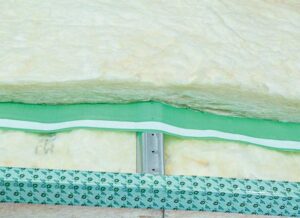
In ASHRAE 90.1-2022…
The ASHRAE 90.1-2022 standard includes the following in Section A9.4.7: U-factors of insulated metal panels shall be determined by two- or three-dimensional finite difference or finite volume computer models or by testing in accordance with Section A9.3.2 and shall include panel side joints.
Opening doors
The latest code cycle (’21/’19) includes more stringent air sealing and blower door testing requirements, stricter lighting and mechanical system updates, and a reduced British thermal unit (BTU) table for semi-heated space. These updates make meeting code more complex than ever. A top recommendation for contractors, erectors, and building designers is to rely on the team and utilize the resources available. Suppliers should understand the section of the code related to their product and guide you in code compliance. For example, the metal building insulation laminator should be apprised of the latest building envelope updates and recommend an insulation system that not only fits the budget, but also meets the governing code in the project’s location.
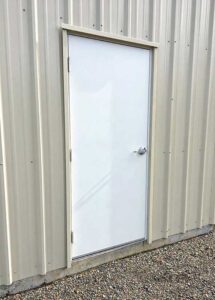
More information
With so much to learn about energy updates, I recommend the following tried-and-true resources: the International Code Council, ASHRAE, and the Building Energy Codes Program.
The full 2021 I-Code is available at codes.iccsafe.org/content/IECC2021P2/chapter-3-ce-general-requirements#IECC2021P2 CE Ch03 SecC301 and the ASHRAE 90.1-2022 is now available for purchase at ashrae.org/technical-resources/bookstore/standard-90-1. In addition, for a comprehensive list of code adoptions in each state (current as of June 2023), go to energycodes.gov/state-portal.
Bill Beals, district manager of Therm-All, is a 38-year veteran of the metal building industry and a contributing member of several committees, including the Metal Building Manufacturers Association (MBMA) Energy Committee and the National Insulation Association (NIA) Laminators Committee. Bill also belongs to the American Society of Heating, Refrigeration, and Air Conditioning Engineers (ASHRAE) and the International Code Council (ICC). Bill has contributed to many articles and reference guides on commercial energy codes; he is often invited to share his extensive energy code knowledge at various conferences and educational seminars.



